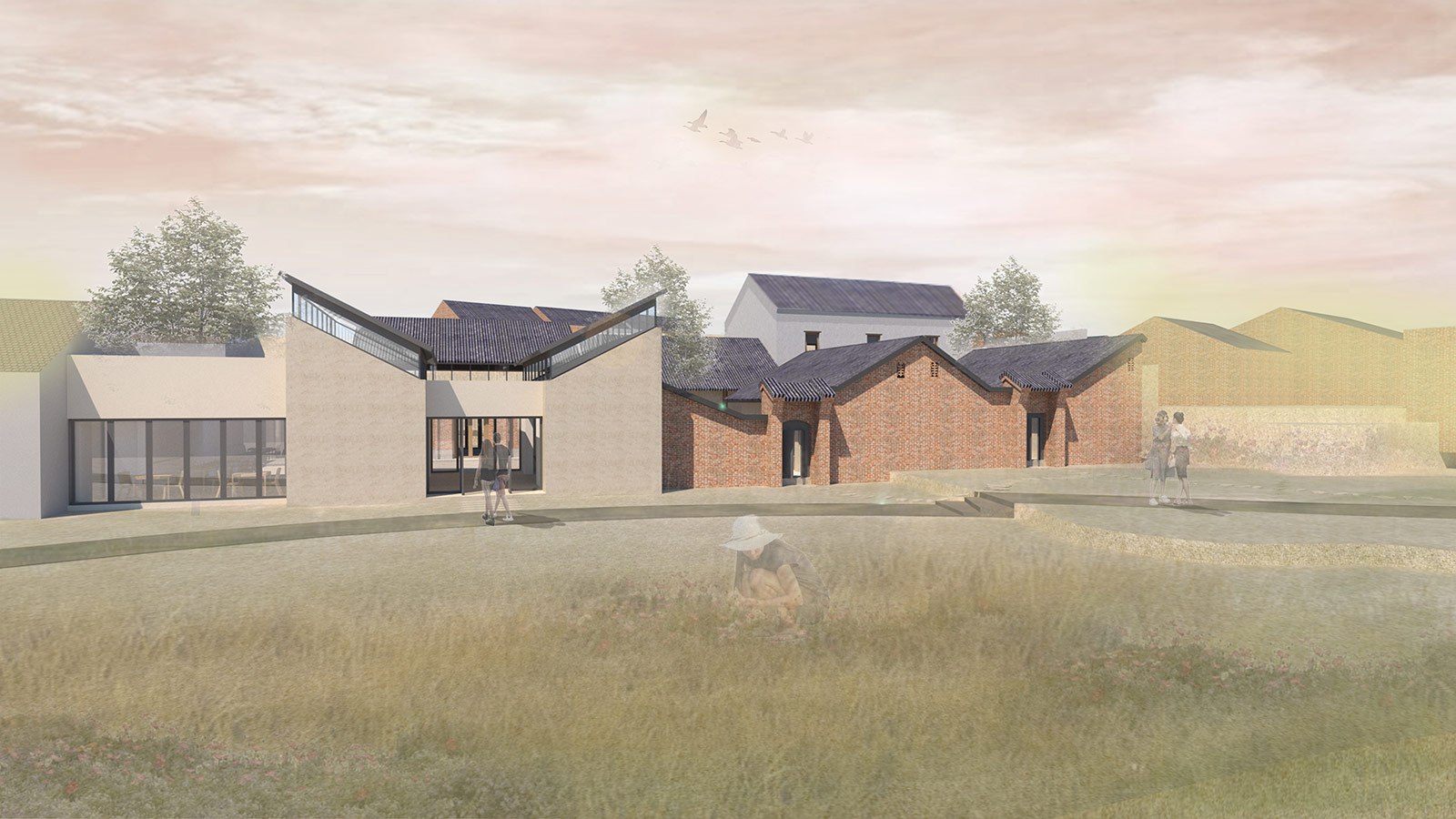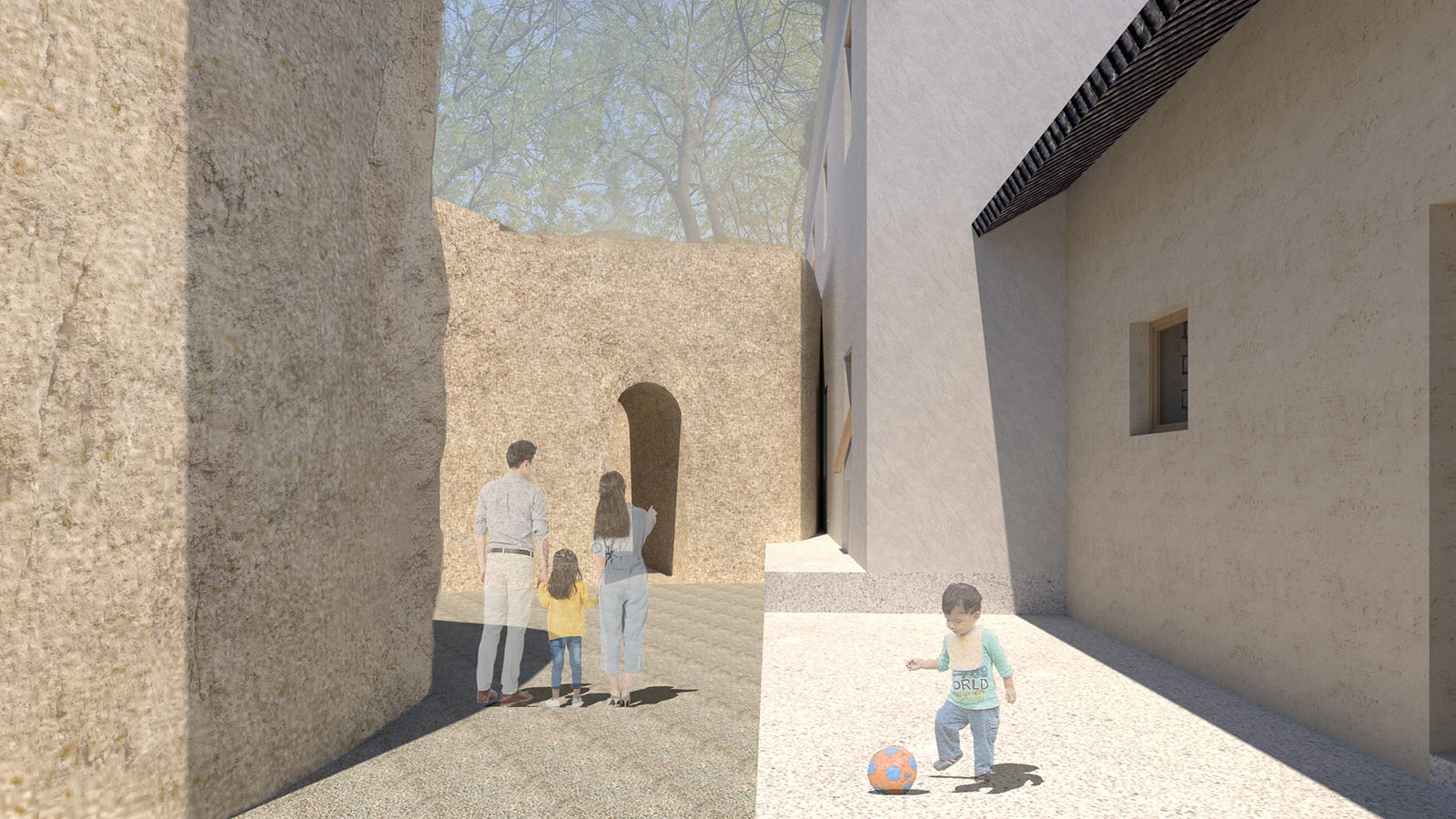


The Yaojiagou Homestay demonstration zone project consists of five old courtyard houses. It adopts an integrated strategy encompassing planning, spatial reorganization, creativity, operations, and media promotion to address rural revitalization. Through the transformation of this homestay demonstration zone, it is to encourage young people to return to the countryside in an unconventional way.
Architecture, Interior

The project embodies creative ideas for rural living, revives traditional rural culture with a modern reinterpretation, and shifts the village from a simple agricultural era to a "multifunctional rural" stage focused on leisure and consumption. This approach adds value to local crops and handmade products, injecting vitality into the village, improving residents' livelihoods, and boosting Yaojiagou's economic development.
In terms of architectural design, the project preserves the characteristic features and key elements of Guanzhong-style traditional dwellings. The inward-sloping single-pitch roof is one of the main characters. We kept this feature and elaborate it as a connection between the old and new building forms. The exterior facade captures the character of the GuanZhong traditional house which is calm and steady. Red brick and rammed earth are being kept as primary material. Traditional terracotta roof tile is used as the main roof material which also embellished with a few modern translucent tiles to create a dialogue between old and new. The use of contemporary elements enhance the vitality of the historic buildings and the rural area.
The courtyard is the essence of the design in this project—a central hub for daily life and social interaction. The plan preserves the original narrow longitudinal courtyard shape while connecting the courtyards between the five row houses to meet the functional needs for public space. This project serves as a "showroom" for lifestyle, featuring homestay guest rooms, cultural and historical exhibition space, handicraft workshops, and other diverse activities. It improves and elevates public services and facilities, making it a convergence point between urban and rural life.